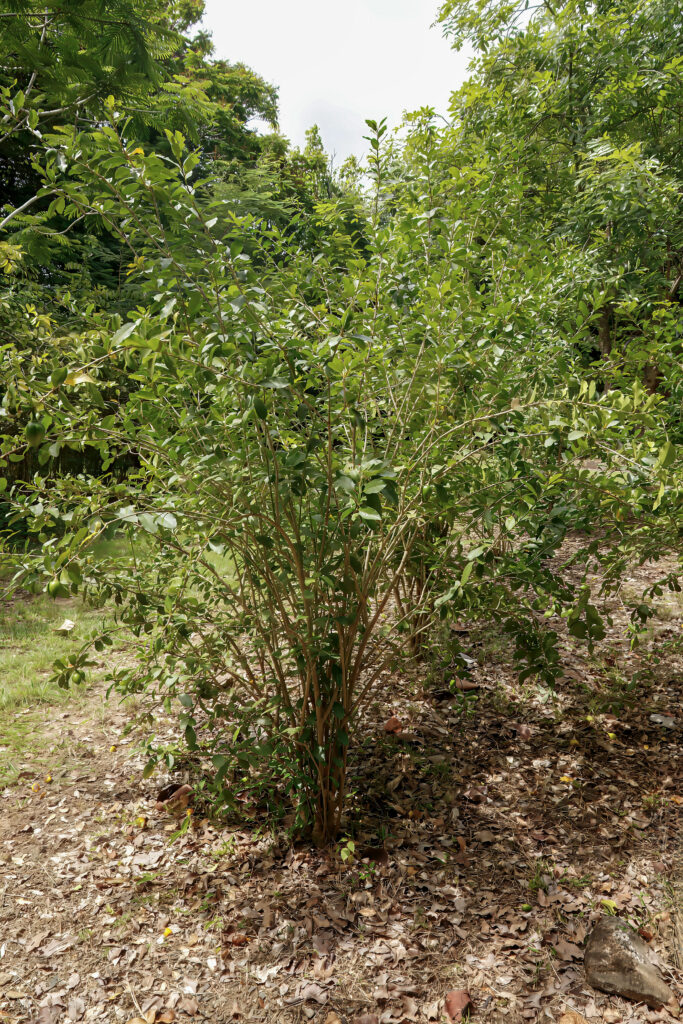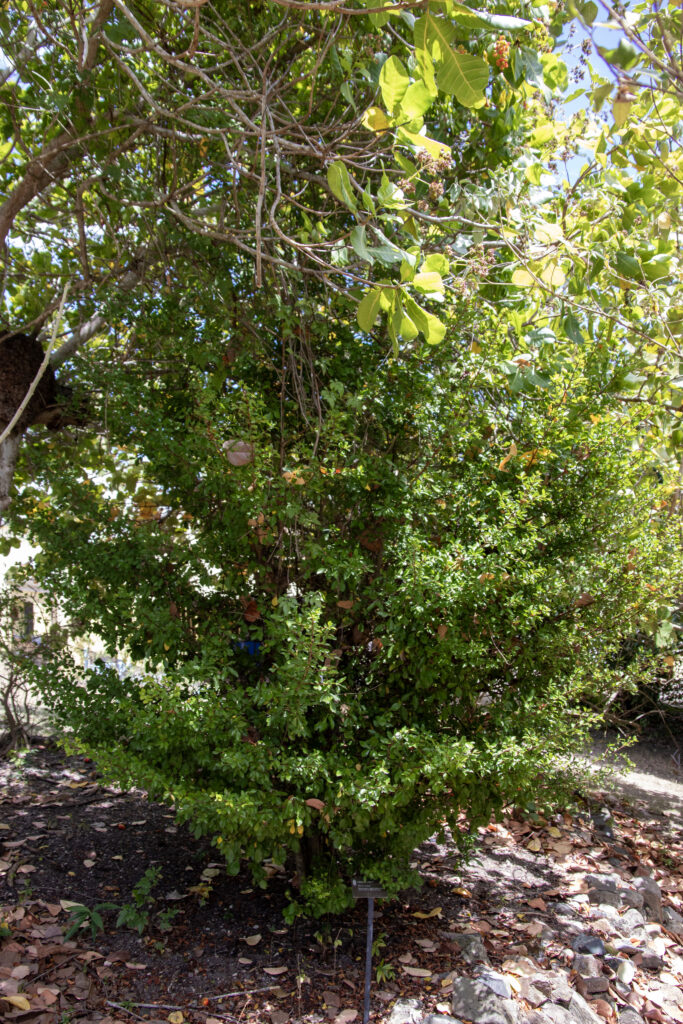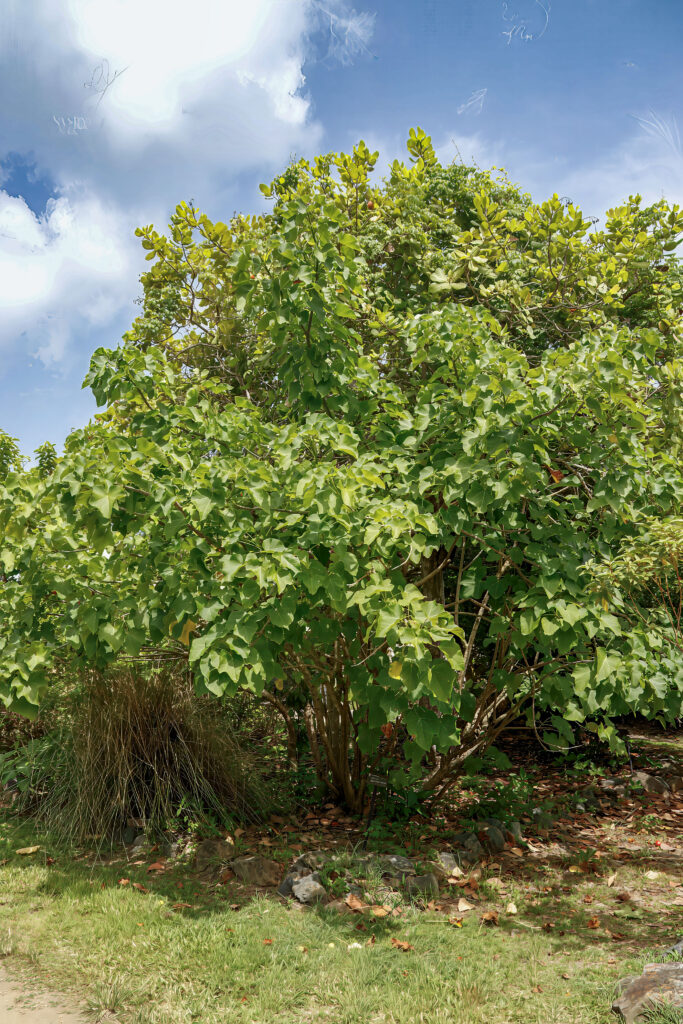Woody Shrubs
Trees vs. Woody Shrubs: What’s the Difference?
When walking through a garden, forest, or nature trail, you’ll encounter a wide variety of plants with woody stems. But how can you tell the difference between a tree and a woody shrub?
Though they’re both types of woody plants, trees and shrubs differ in their structure, size, and growth habits. Understanding these distinctions is important for anyone working in botany, landscaping, ecology, or even casual nature observation.
🔍 Key Differences Between Trees and Woody Shrubs
| Characteristic | Trees | Woody Shrubs |
|---|---|---|
| Height | Usually over 13–15 feet at maturity | Generally under 13–15 feet |
| Main Stem (Trunk) | One dominant trunk | Multiple stems from or near the ground |
| Branching Pattern | Branches form higher up the trunk | Branches start near the base |
| Growth Habit | Upright, often vertical | Bushy, spreading, or rounded |
| Lifespan | Often long-lived | May be shorter-lived, depending on species |
| Examples | Mahogany, mango, baobab, oak | Hibiscus, croton, bougainvillea, sea grape (in shrubby form) |
🌿 But It’s Not Always Clear-Cut
Some woody plants fall in a gray area:
- A plant like sea grape (Coccoloba uvifera) may grow as a shrub or a tree, depending on age, growing conditions, or pruning.
- Some shrubs can be trained or pruned into a tree-like shape, and some small trees may grow with multiple stems when young.
In these cases, both form and function are considered when classifying the plant.
🌱 Why It Matters
- In botany and ecology, distinguishing between trees and shrubs aids in classification, field identification, and conservation planning.
- In arboretums and phenology projects, it determines whether a species qualifies as a “tree” for documentation or accreditation purposes.
- In landscape design, the size and structure of the plant impacts where and how it’s used.


